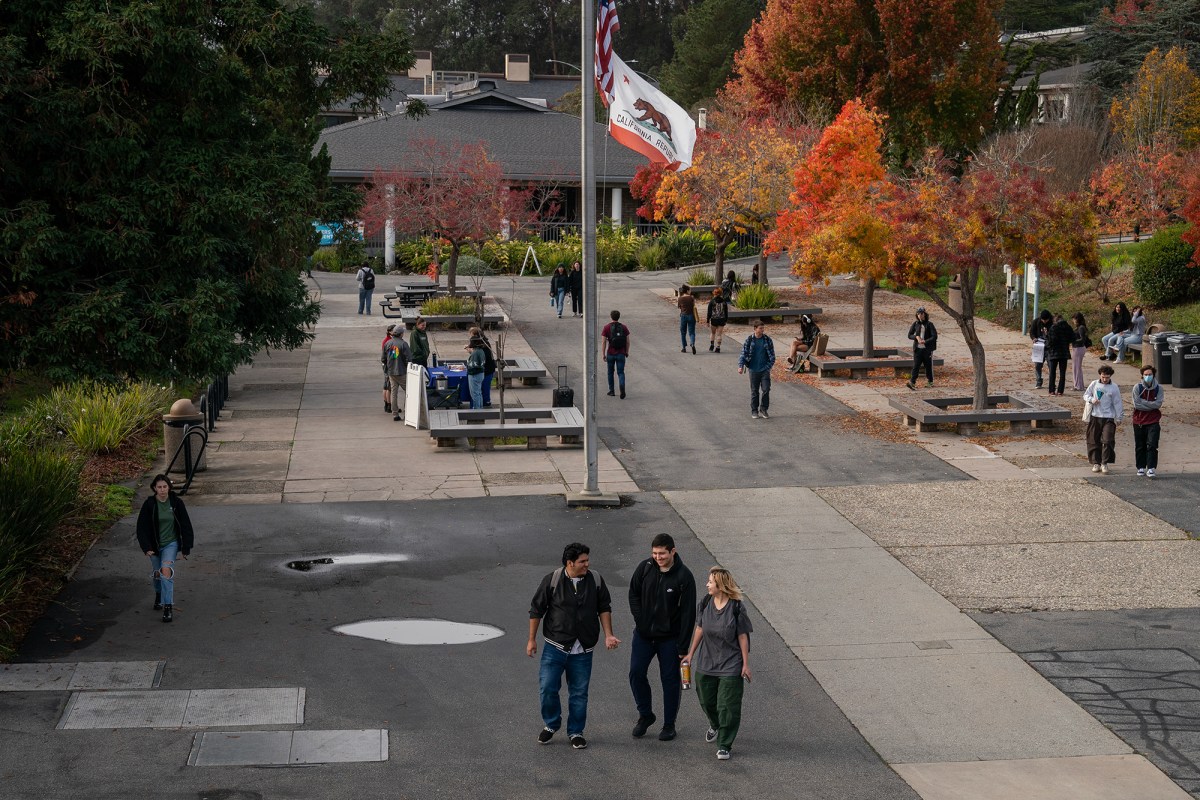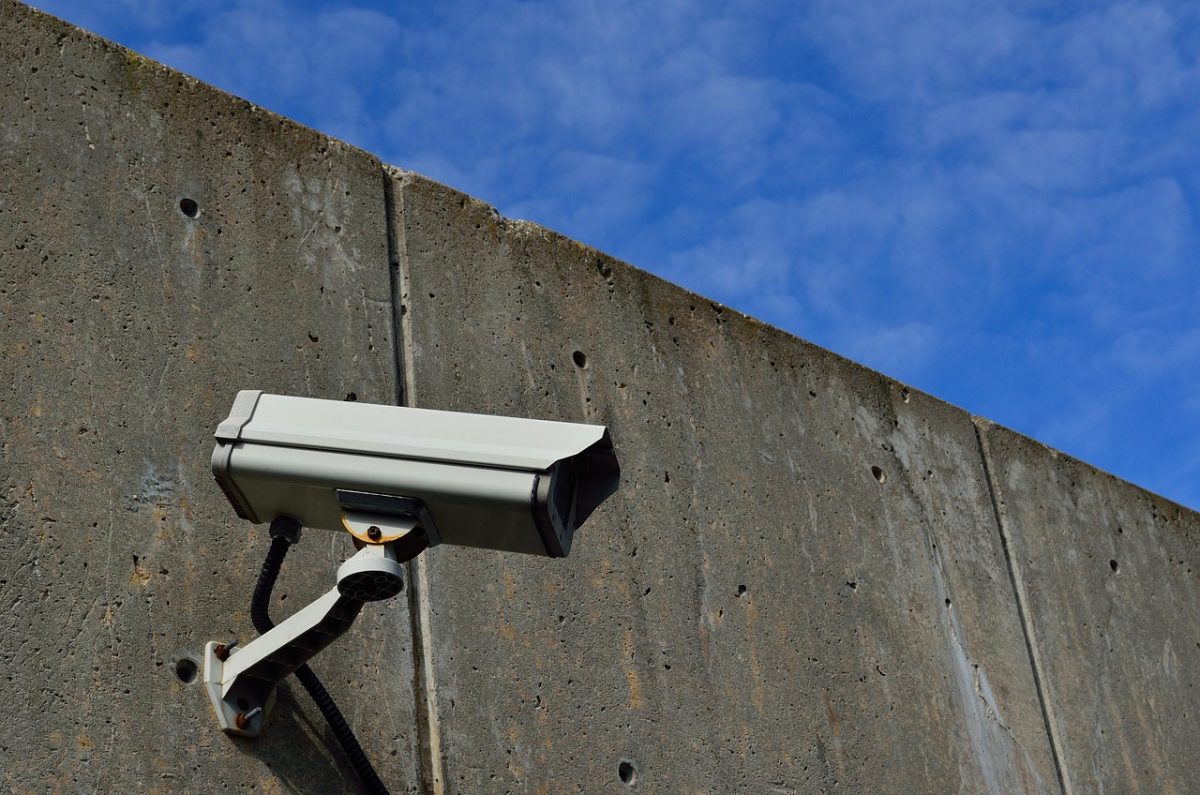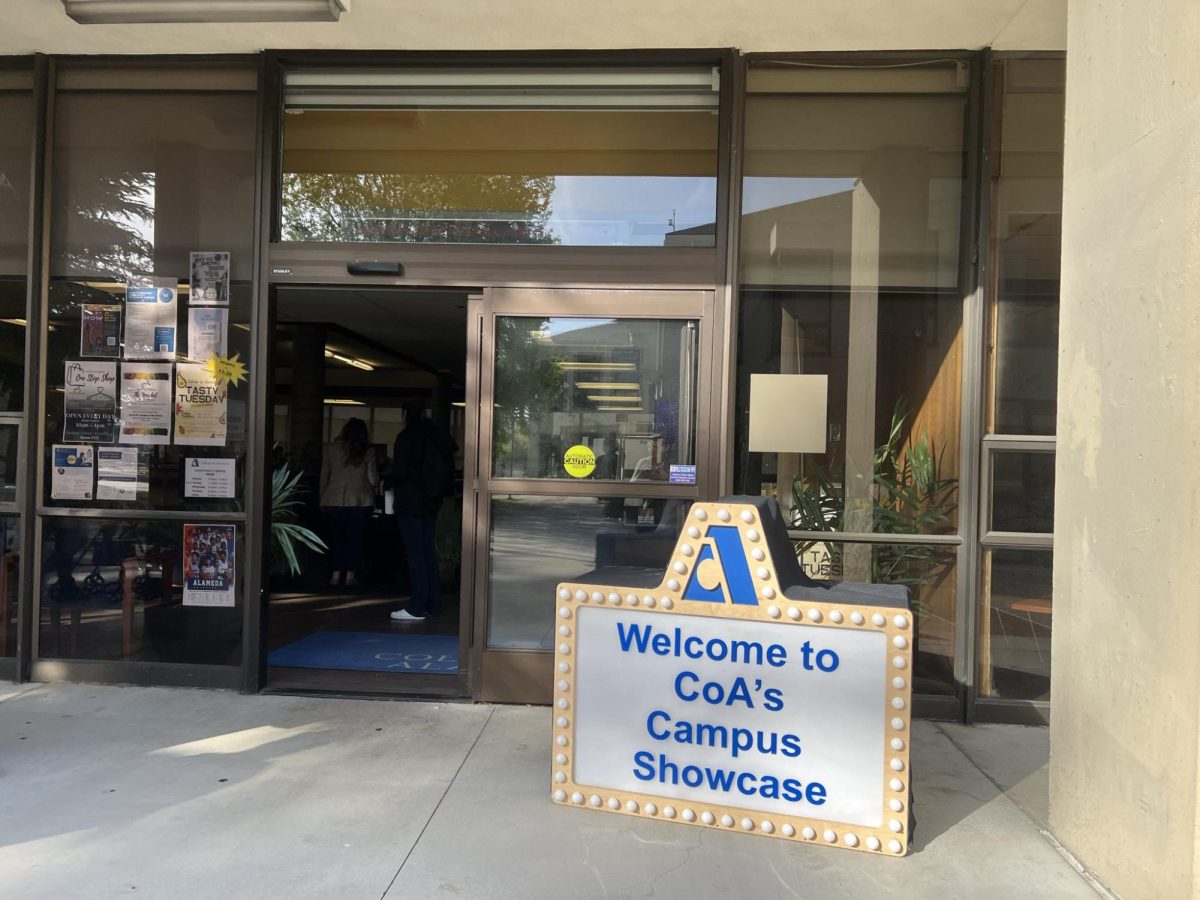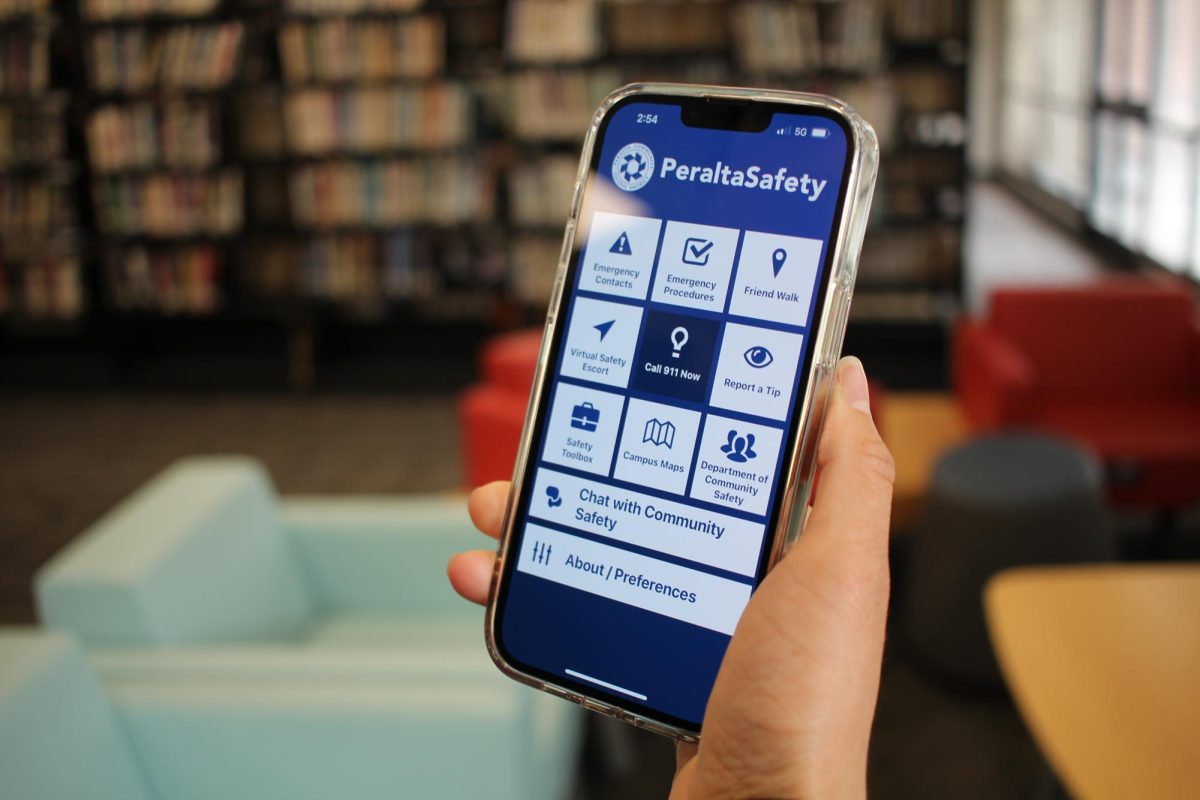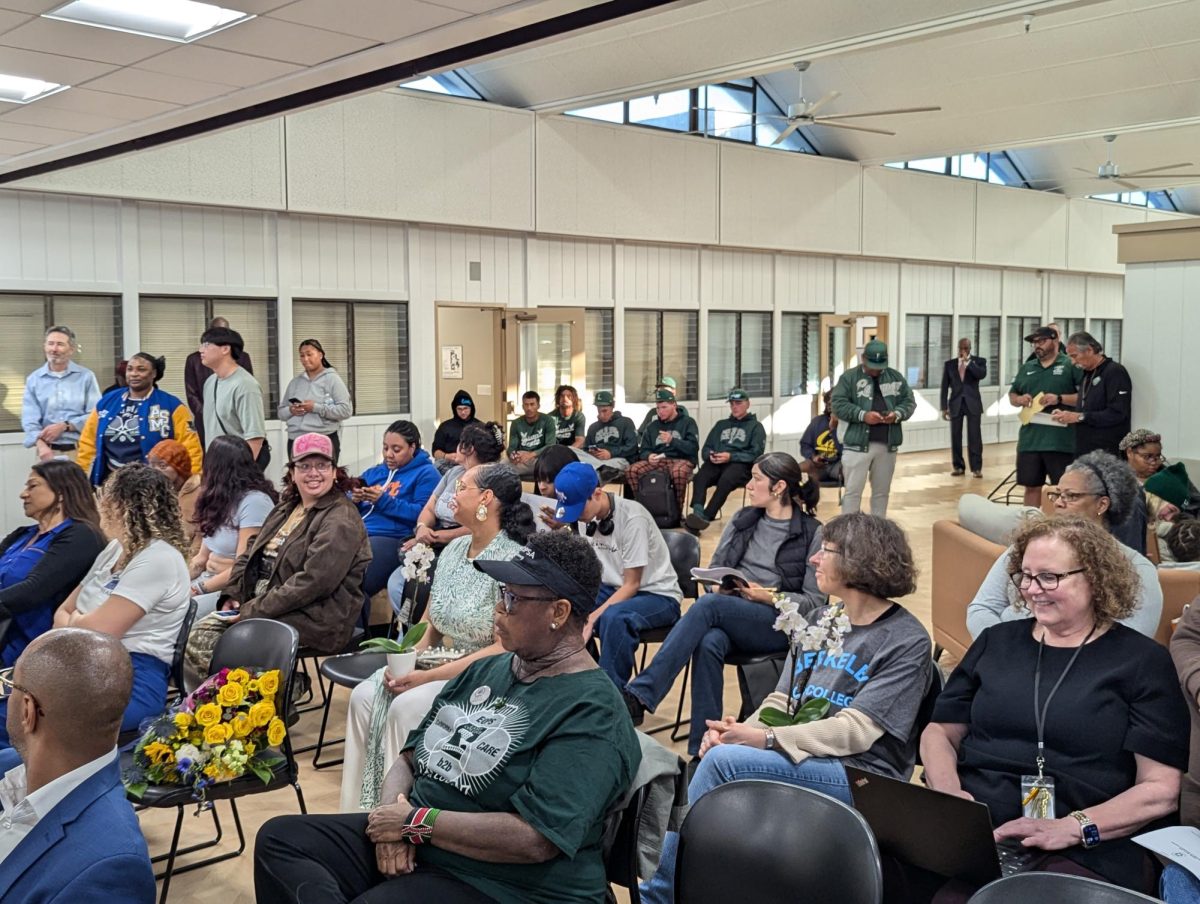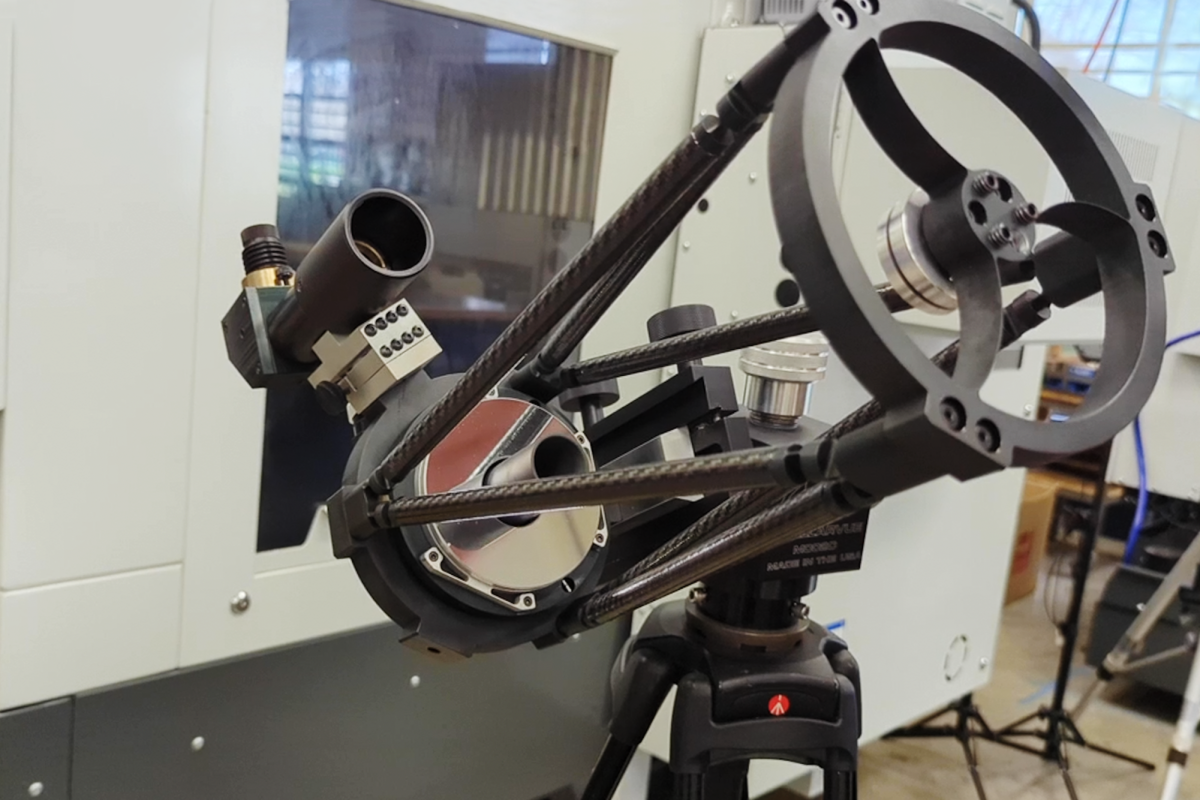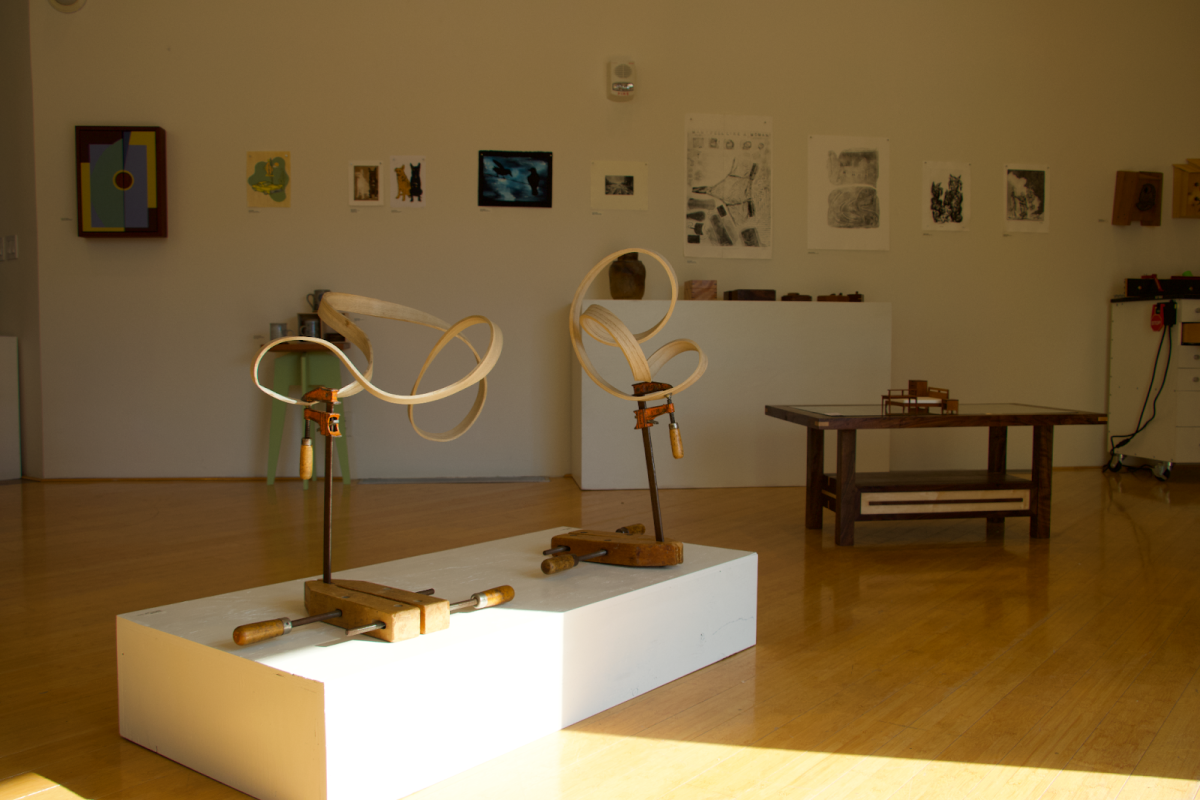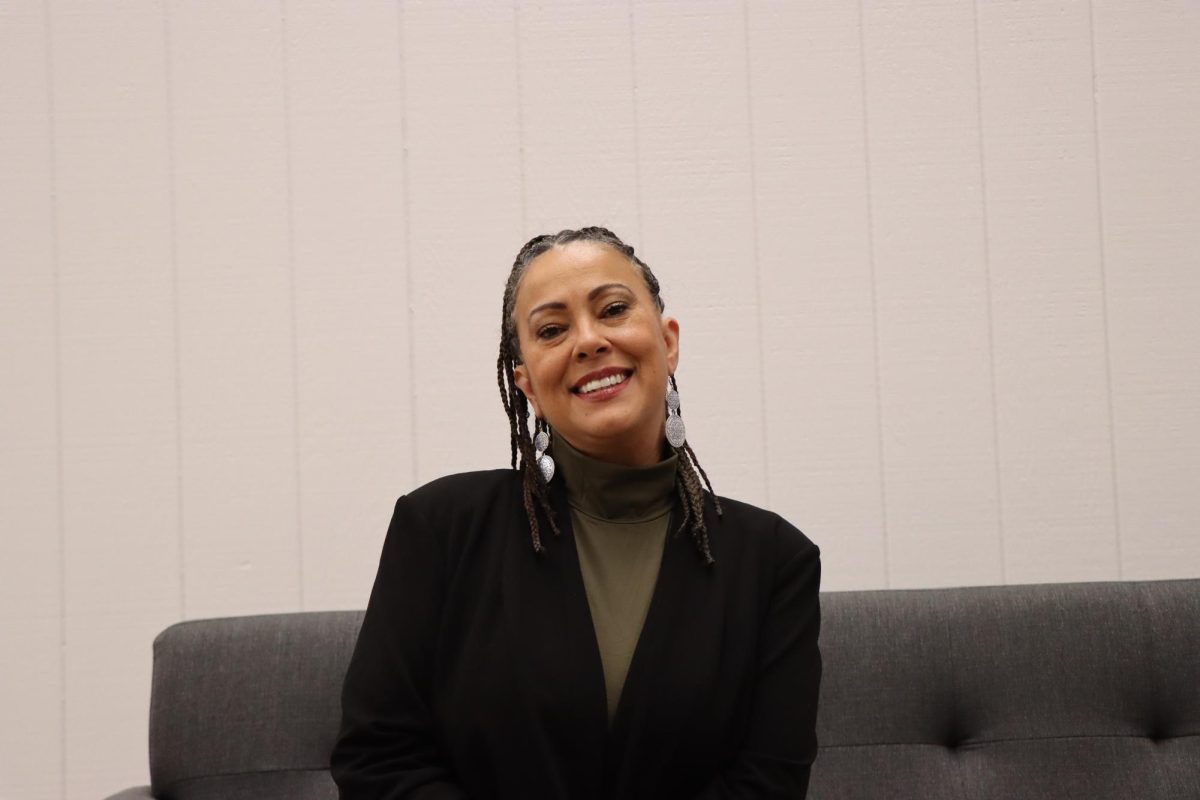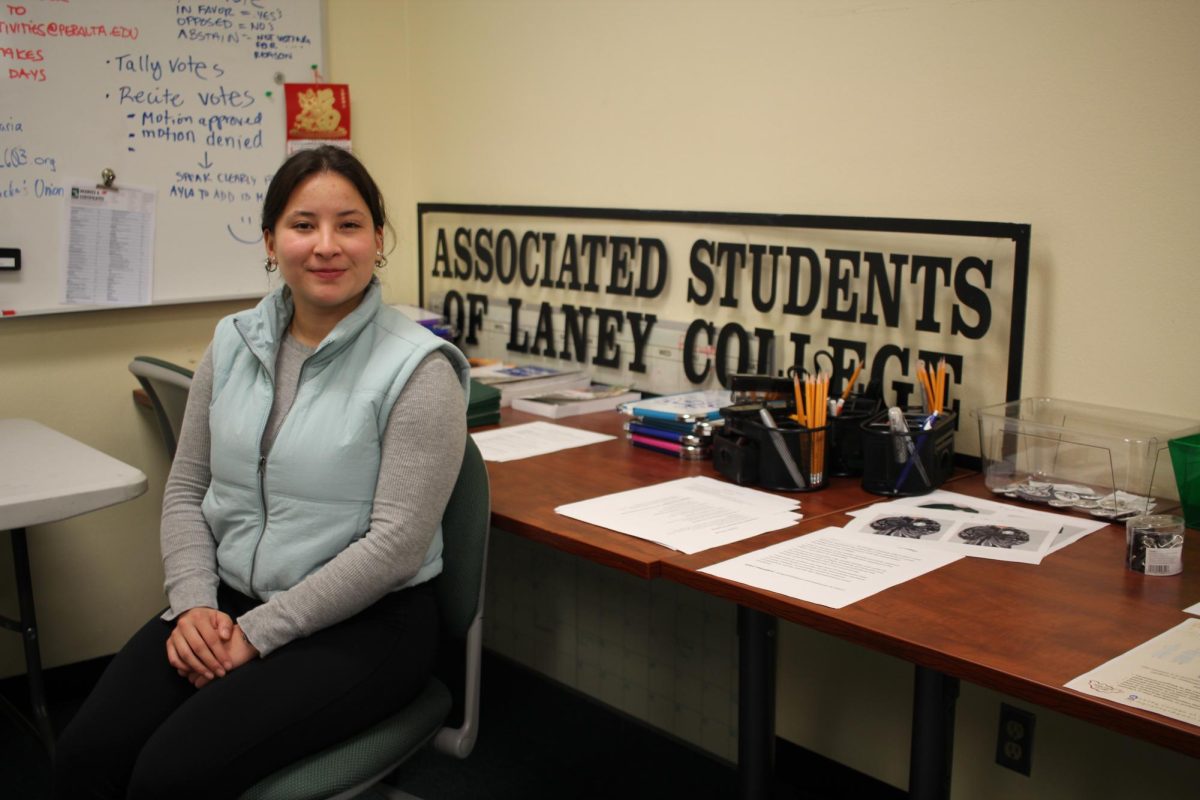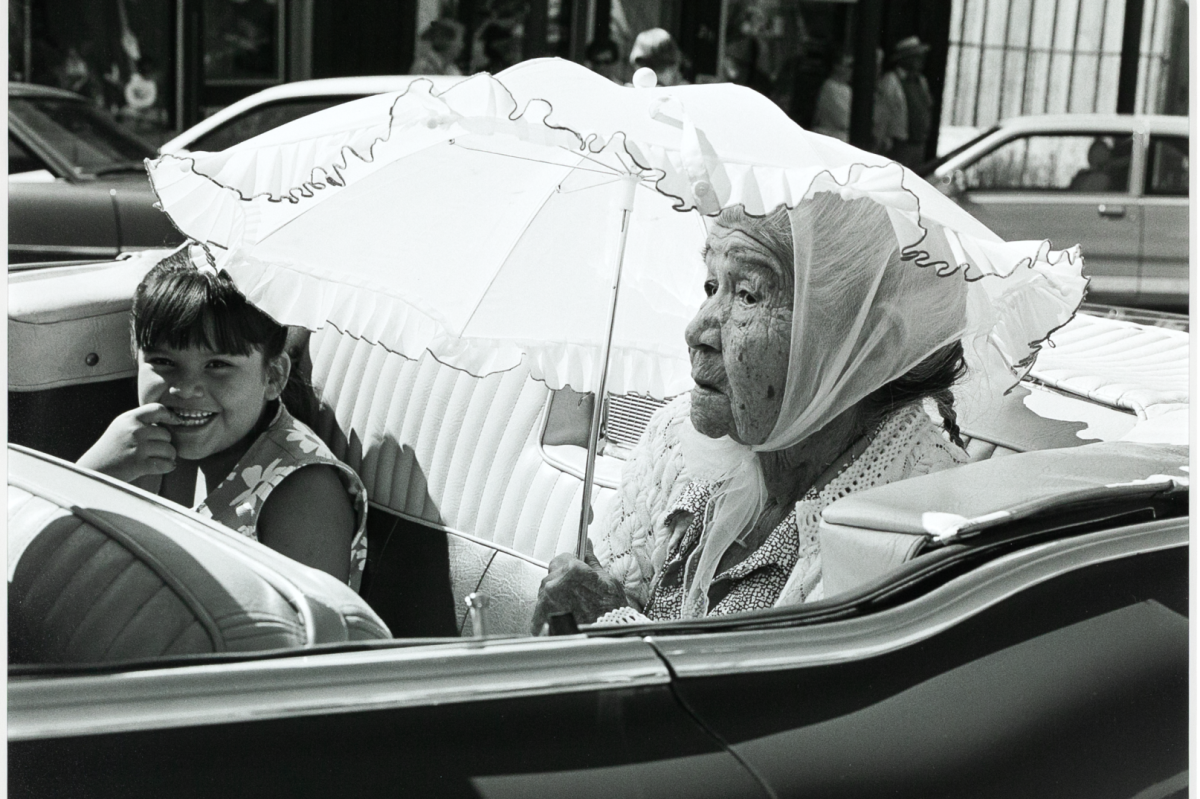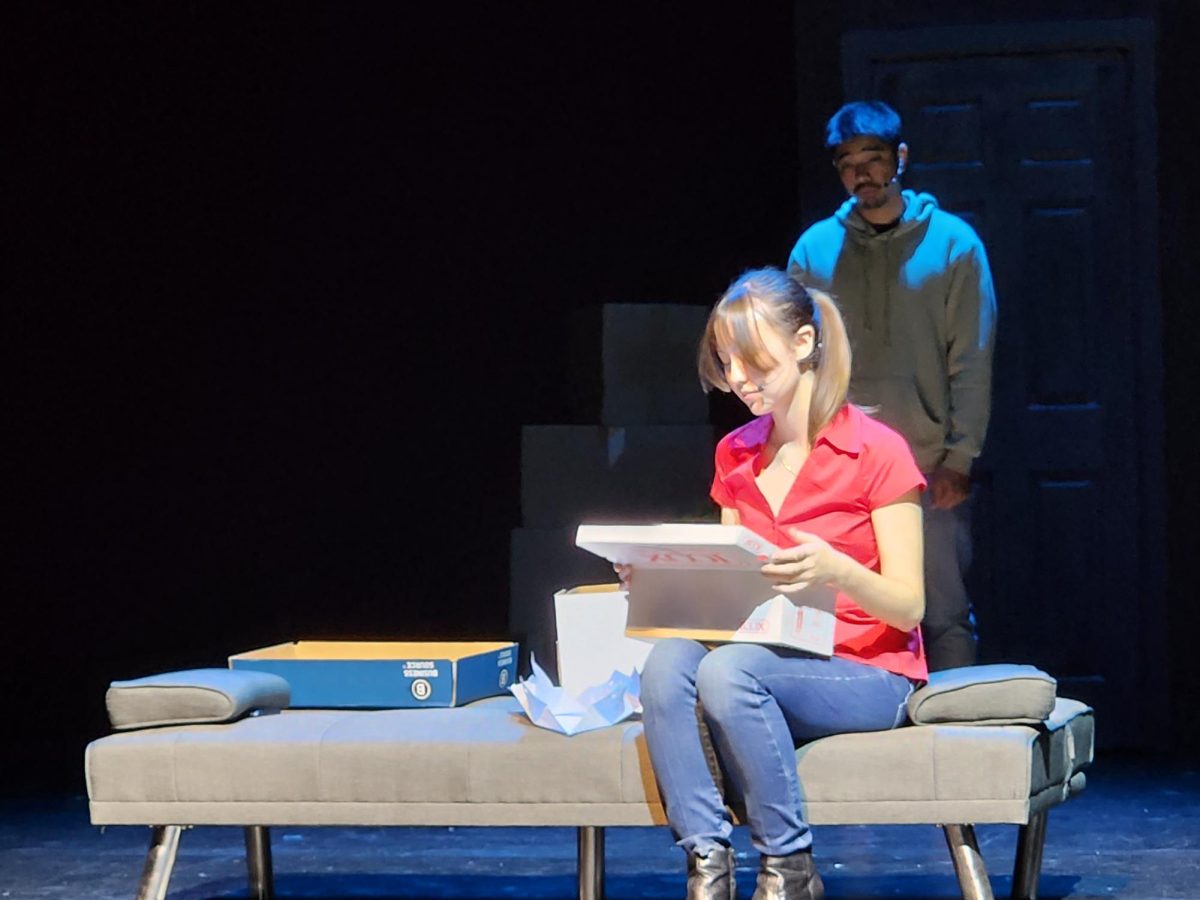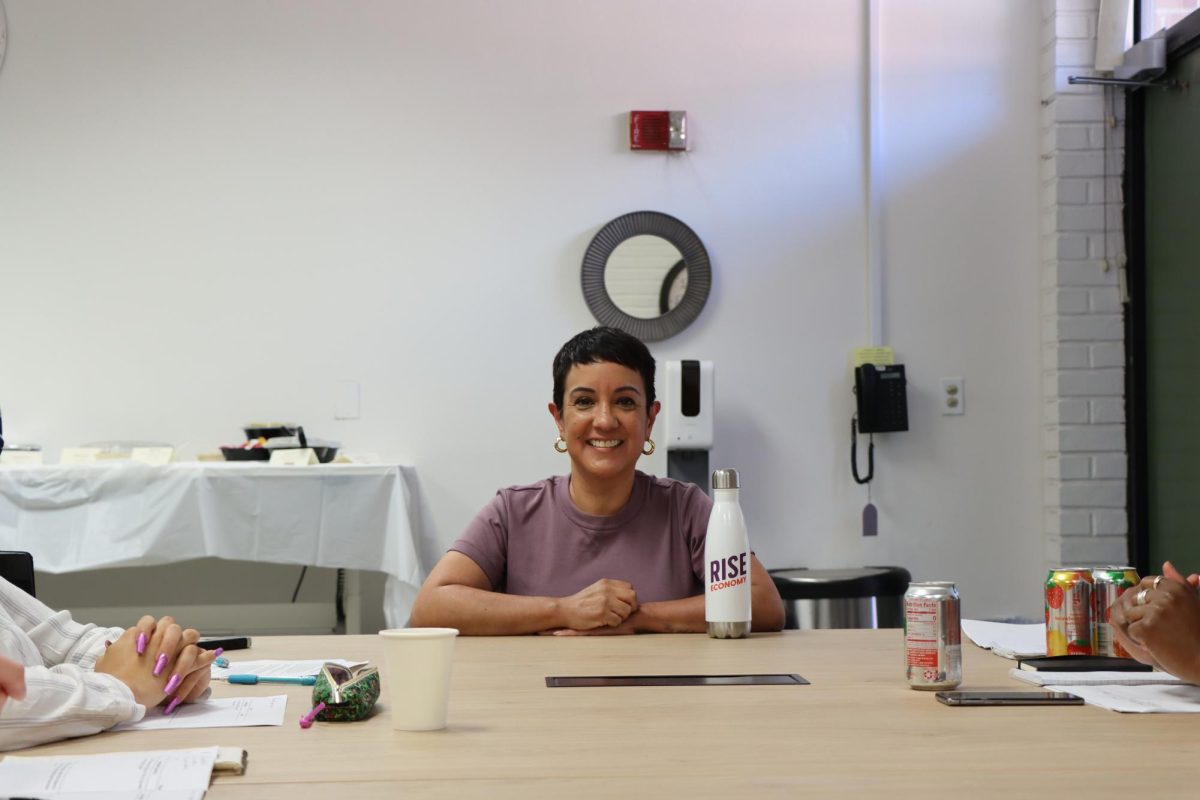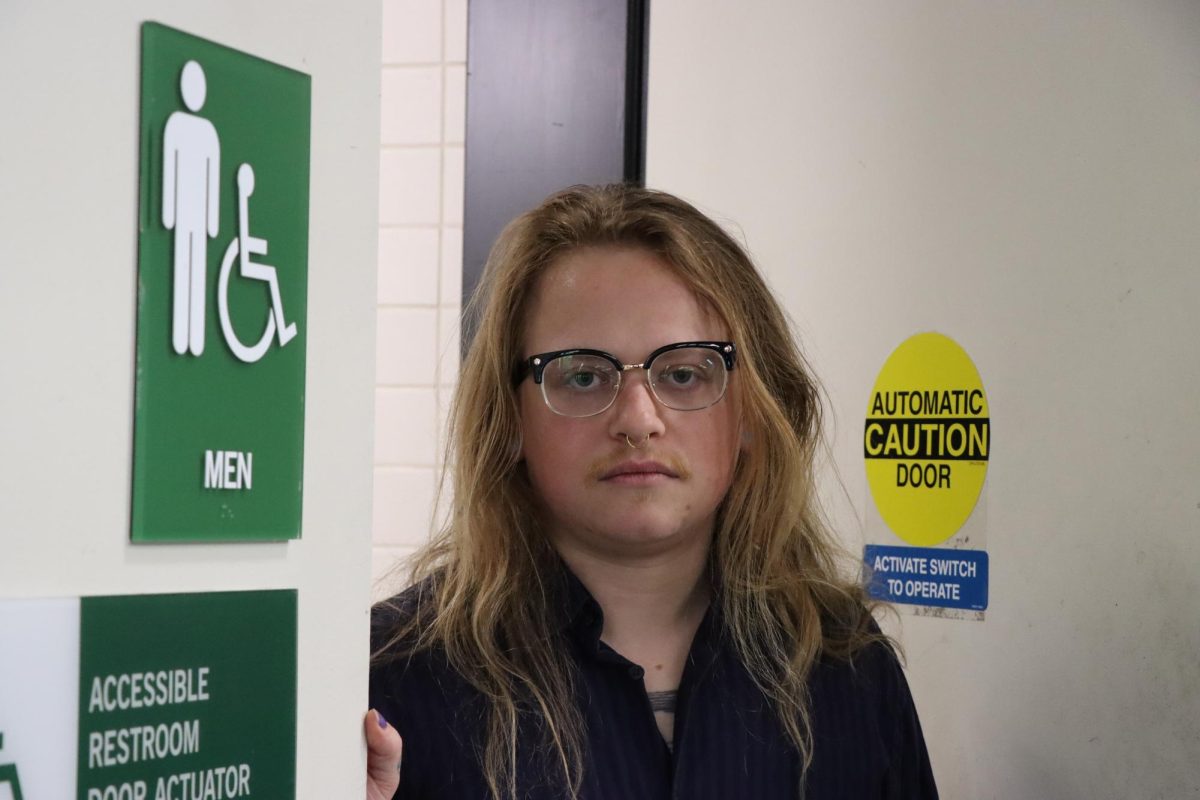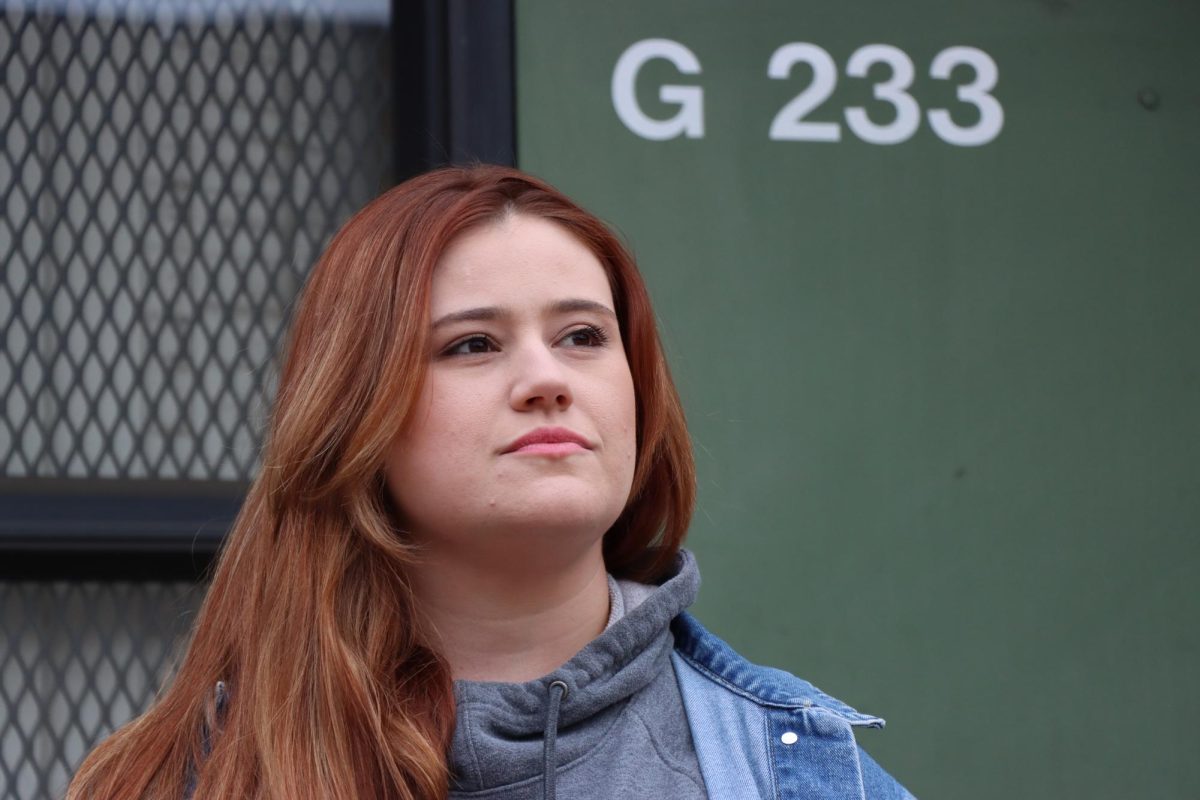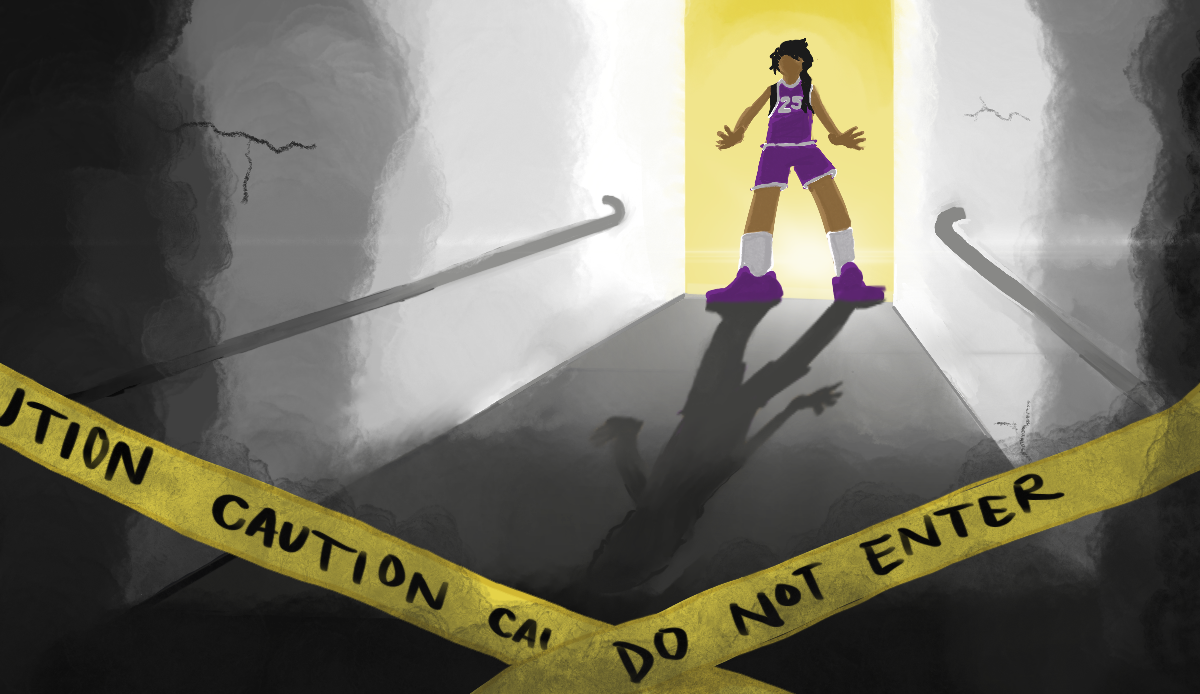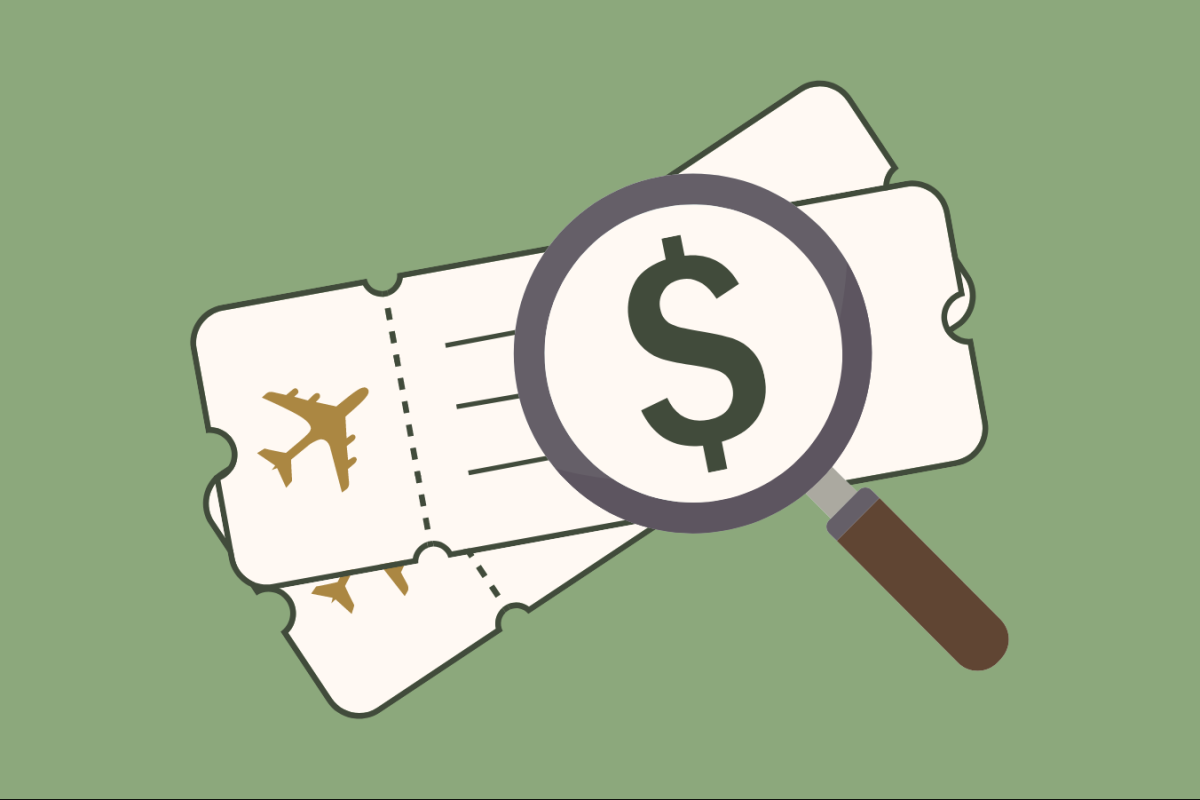Annual art exhibit returns to Laney Library until Dec. 19th
The Black Panther Party (BPP) underground newspaper exhibit in the Laney College library will be on display through the end of the semester, Dec. 19.
On Dec. 3, the librarians arranged a lecture to focus on the many social programs the BPP started to serve people in the community. This included and are not limited to the breakfast program for school children, free food distribution to seniors and low- income families. The BPP also organized busing program to prisons and the sickle cell education and testing campsites located throughout the bay area.
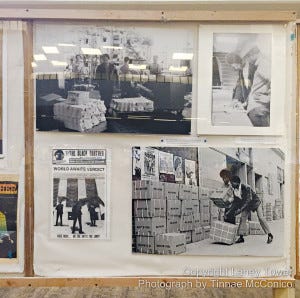
The Laney Librarian Margaret Trailer has been with the Peralta District since 1967, introduce the speaker. Reginald Constant, Laney’s newest librarian assisted with the overhead projector as well as Andrew Skinner-Demps assisting with media and sound equipment.
The speaker was Billy X Jennings, a member of the BPP from 1968–1974 and worked as an aide to Huey Newton (co-founder of the BPP) in 1971. Jennings also worked on the campaign for Bobby Seale (also a co-founder of BPP) when he ran for mayor of Oakland in 1972.
Jennings was introduced as unofficial historian and keeper of the BPP records and is a former Laney College student, who at the age of 17 enrolled in classes in the summer of 1968.
The underground Black Panther Party newspaper began as a newsletter covering the period of 1960 through 1970 and grew to reach a distribution of 250,000 copies per week. The paper reporting news happening in Black community, the Black Panther Party and other social movements throughout the world. The paper tackled issues on the Vietnam War, McCarthyism, the liberation movement and social injustice. The total archives include over 50 different underground newspapers and magazines from that period.
“These alternative sources of information changed journalism, battled repression, changed laws and was instrumental in the progression of social issues,” Jennings said. It has been his goal to reach as many people as possible and provide them with this timeless information on the revolution of the party and the movement stimulated by the newspaper.
The underground newspapers were authored, designed and published by young people ages 16–31, most of whom were community and university college students.
Students wrote about police brutality, lack of housing, and the peace movement. They wrote about the impact of the Civil Rights Movement, the women rights movement and the draft. The first issue featured a story of the killing of Denzel Dobbs who was killed in Richmond, Calif., by police officers allegedly for participating in a civil rights protest.
The BPP newspaper covered the boycott held at San Francisco State against San Francisco Cadillac Dealer who refused to hire blacks or sell vehicles to blacks. The paper covered protest in Oakland’s downtown on Broadway, because there were no black-owned businesses or black employees working in the various shops in the downtown.
This off-campus paper became the voice of young people wanting to be heard by government and by local authorizes.
In the early years the paper was printed on a mimeograph. It was brought to the attention of Stew Albert, then editor of the Berkeley Barb (an independent voice newspaper established in 1965) that the BPP was facing difficulties getting the newspaper published.
Albert suggested the BPP writers ride with him to San Francisco where the Barb was then being published. With the help of the Barb the BPP newspaper started to come out on Wednesdays.
“This is a story that only ten people know,” Jennings said. The newspaper was being distributed in 30 major cities, through the paper the BPP could keep readers informed on rallies, protest, local and statewide news.
“The BPP members were arrested for selling the newspaper as a way to stop circulation, Jennings said. He was arrested three times for selling newspapers. The students would come together in the San Francisco office to work on the paper. “Students were there from all of the bay area colleges, close to 200 there, helping to prepare the paper for distribution,” he said.
The newspapers were sold for 25 cents and the seller kept a dime. The remainder was voluntarily given back to the party. The party grew with the income generated from the newspaper.
Additional information on the Black Panther Party Organization and copies of the Underground Newspaper can be found at itsabouttimebpp.com.

